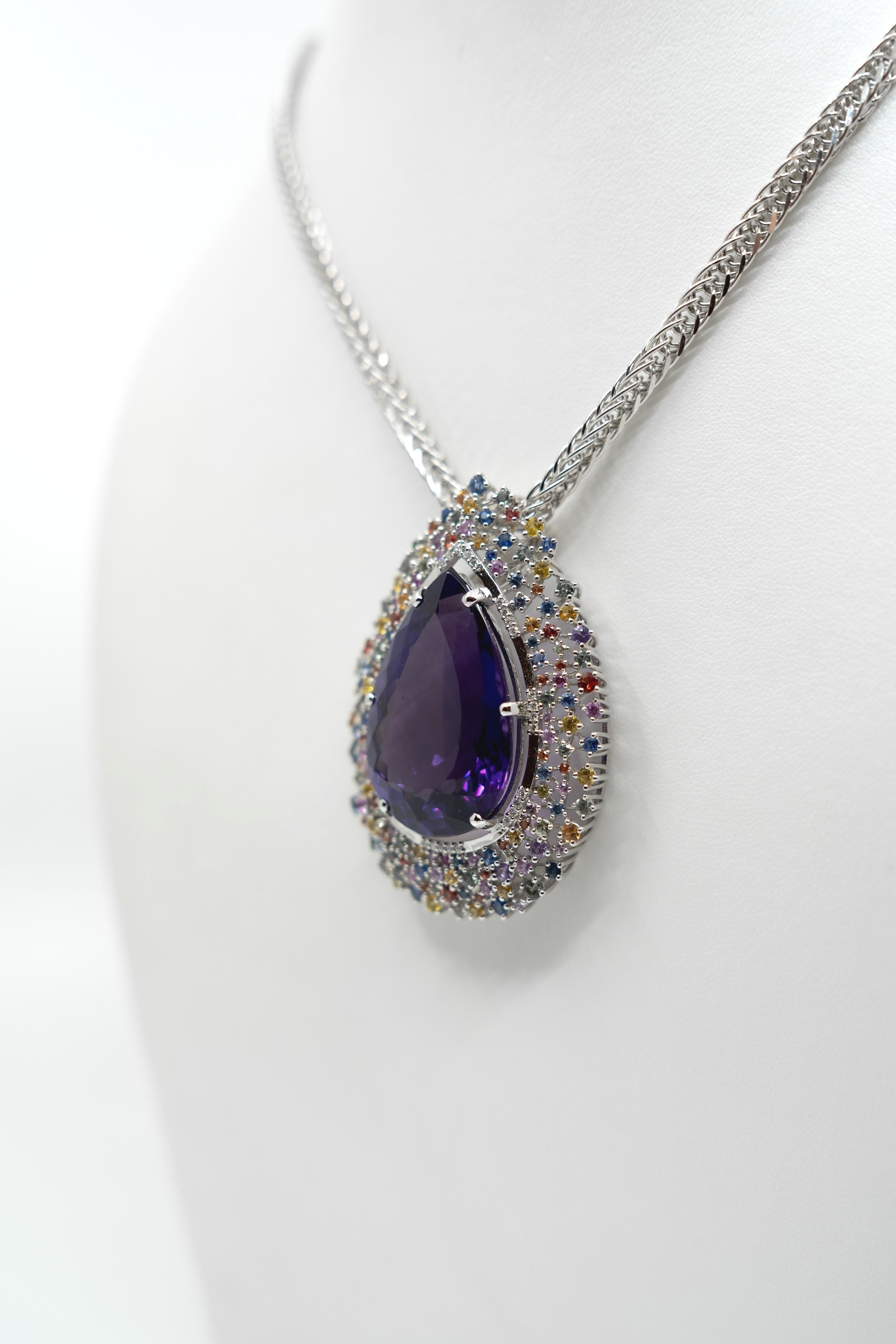Amethyst – the purple variety of quartz that has captivated mankind for millennia. Its lilac to deep purple hues can be cut into many shapes and sizes, and it can be manufactured in a lab as well as mined. Amethyst, the February birthstone, can be found in the collections of royal families throughout Europe and Asia.
The name “amethyst” derives from the Greek amethystos, which means “a remedy against drunkenness,” a benefit long ascribed to the purple birthstone. Because of its wine-like color, early Greek mythology associated the gem with Bacchus, the god of wine. Amethyst was also believed to keep the wearer clear headed and quick witted in battle and business affairs. Renaissance Europeans thought it calmed lovers overrun by passion.
Russia was the major source of amethyst until the 19th century, when large deposits were found in Brazil. Once as rare as ruby or emerald, amethyst was suddenly in abundance. Today, the most important sources of amethyst are in Africa and South America. Amethyst is also found in the United States, just 46 miles (74 km) outside of Phoenix, Arizona.
The most famous amethyst is named the “Delhi sapphire” but is in fact a purple amethyst! The stone was stolen from an Indian temple and is said to be cursed! The amethyst was found by a young curator in the British Natural History Museum’s vaults, along with a letter from its previous owner warning that it brought bad luck. He ignored the message in the letter, and took the stone to a science symposium, where he was caught in a horrific thunderstorm and fell ill with kidney stones. Despite this amethyst’s dangerous reputation, it is currently on display in the Natural History Museum in London.
SOURCES:
“February Birthstone.” GIA, www.gia.edu/birthstones/february-birthstones.
Marybeth.hewitt. “Famous Amethysts.” Grants Jewelry, Marybeth.hewitt Https://Www.grantsjewelry.com/Wp-Content/Uploads/2020/07/Logo-Personal.png, 20 Feb. 2017, www.grantsjewelry.com/famous-amethysts/.

